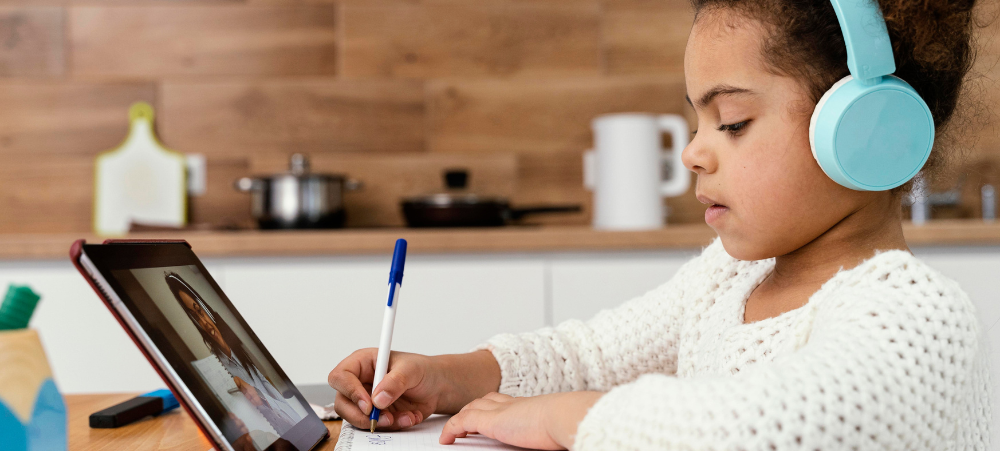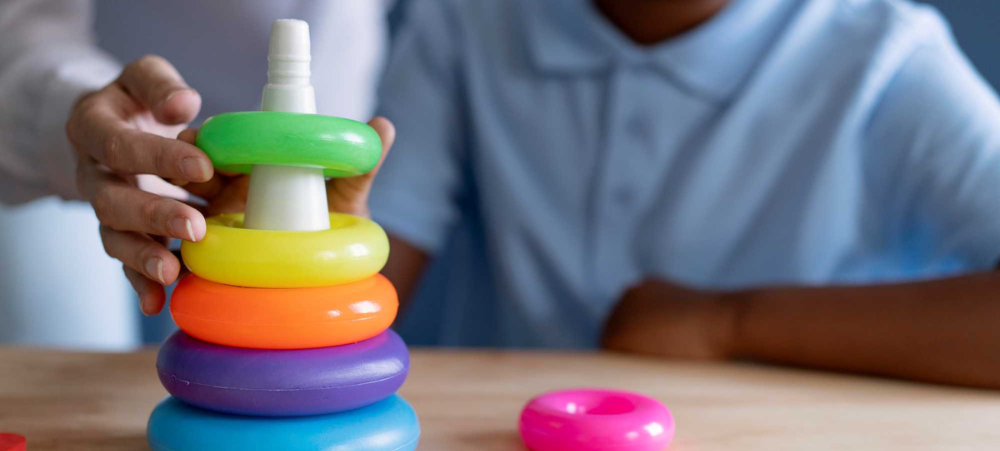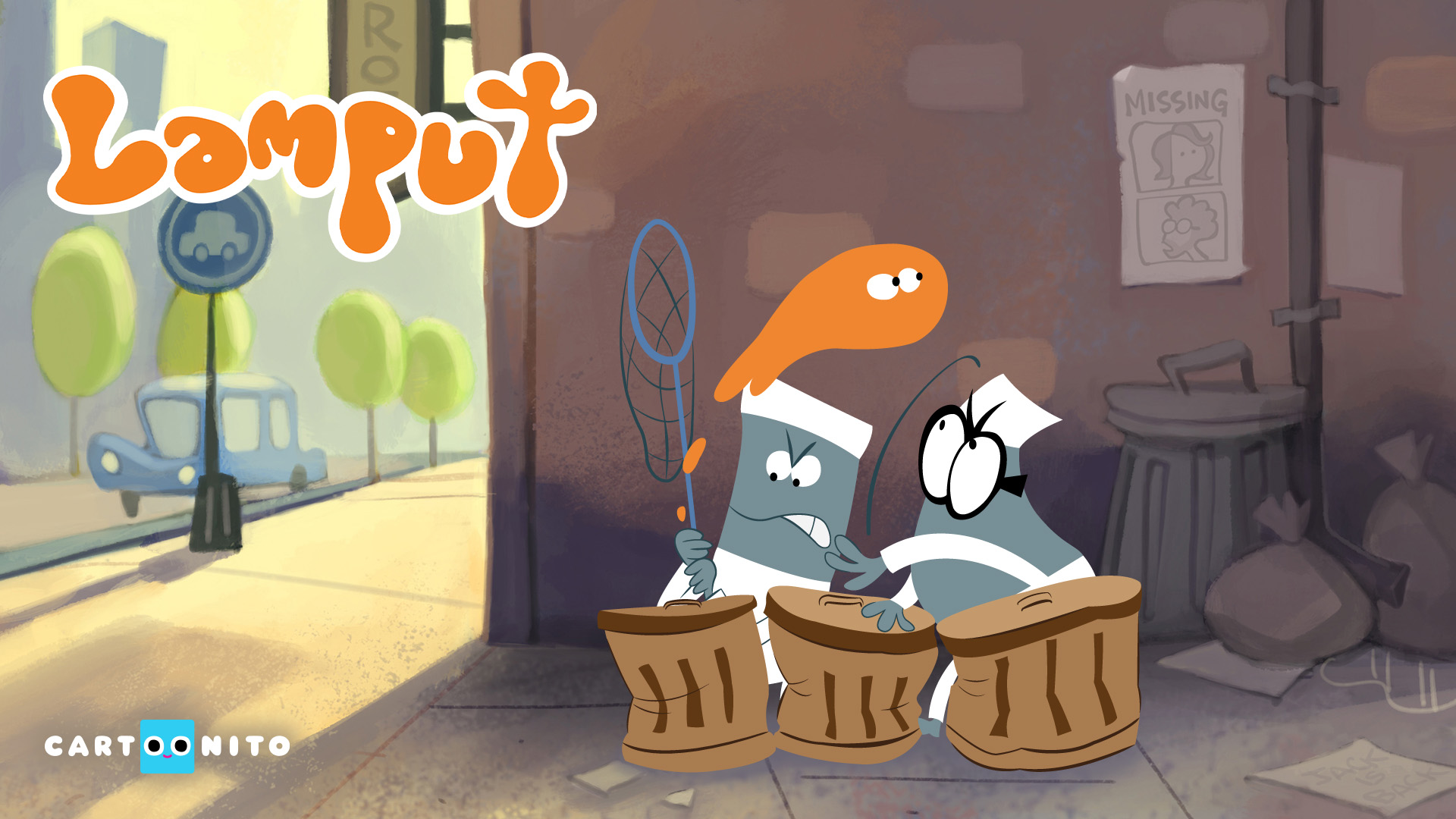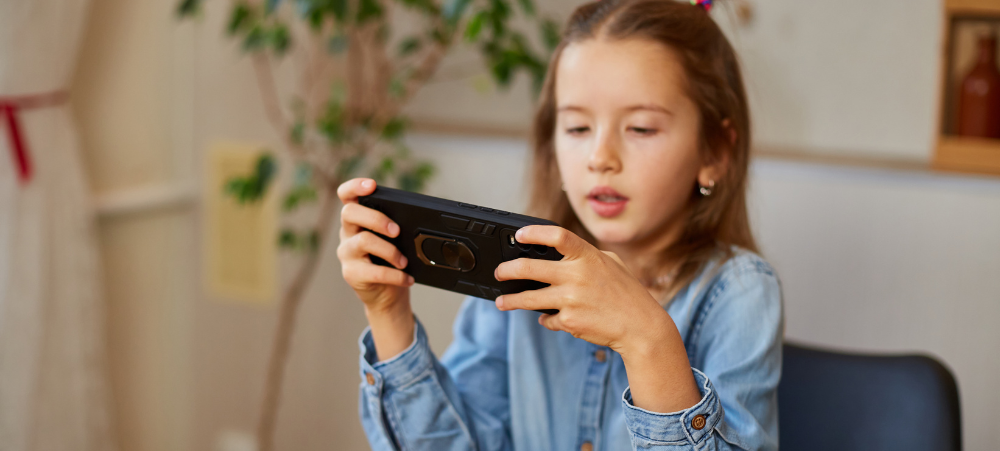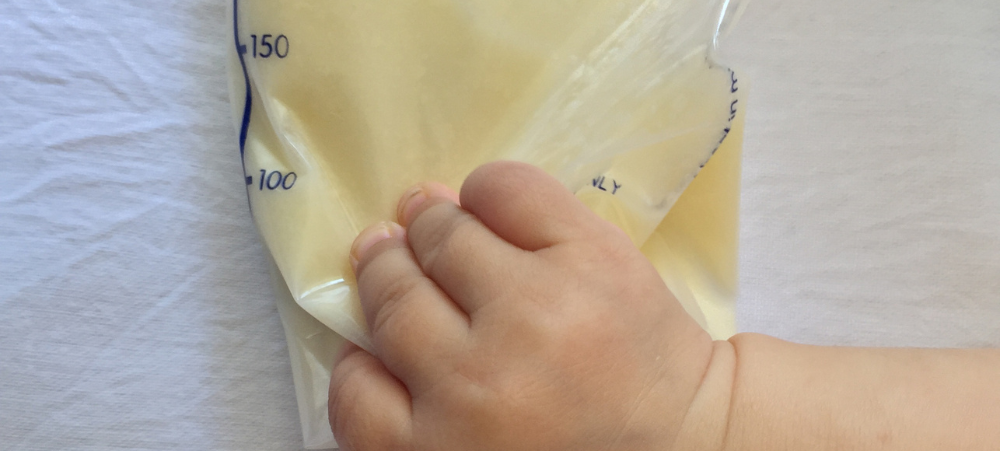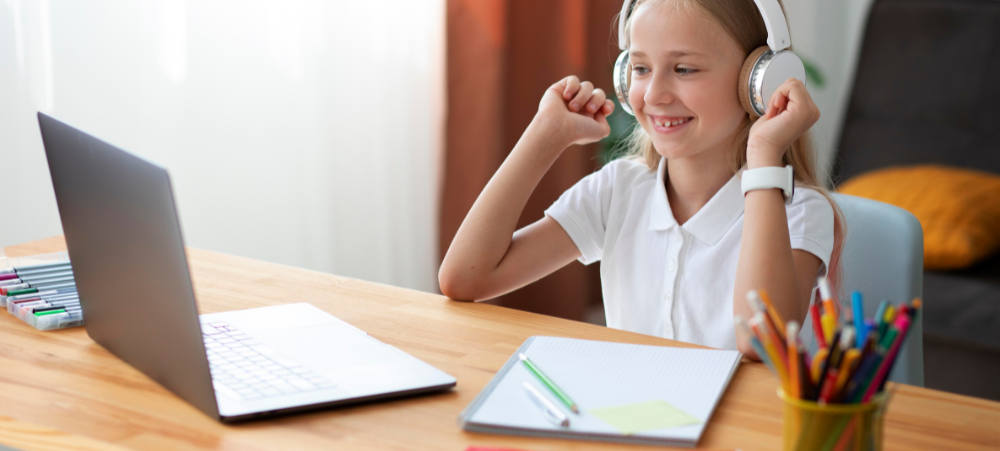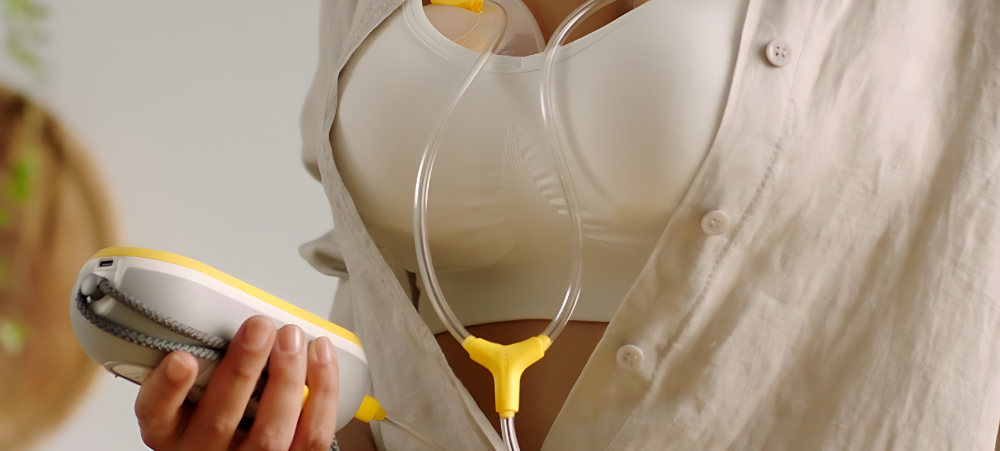
A Comprehensive Guide to Medela Breast Pumps
Breastfeeding is vital to infant health, and Medela, a leader in breastfeeding solutions, offers a range of breast pumps to support mothers in their breastfeeding journey. Understanding the different types of Medela breast pumps can help mothers choose the best option for their needs. This guide provides an overview of four popular Medela breast pumps: Harmony, Solo, Swing Maxi, and Hands-Free Freestyle. 1. Medela Harmony Breast Pump Type: Single Manual Overview: The Medela Harmony is a manual breast pump designed for occasional use. It is a great option for mothers who prefer a hands-on approach to expressing milk or need a backup pump for travel or emergencies. Features: 2-Phase Expression Technology: Mimics a baby’s natural nursing pattern with a two-phase pumping rhythm: stimulation and expression. The stimulation phase helps initiate milk flow, while the expression phase helps extract milk more efficiently. Lightweight and Portable: Easy to carry and use wherever needed, making it convenient for occasional pumping. Ergonomic Handle: Designed for comfortable use with a user-friendly handle that reduces hand fatigue. Compatibility: Works with Medela’s wide range of bottles and accessories. Benefits No need for batteries or electricity. Simple to clean and assemble. Affordable and cost-effective. 2. Solo Single Electric Breast Pump Type: Single Electric Overview: The Medela Solo is a compact and efficient single-electric breast pump designed for mothers who pump regularly but prefer a streamlined device. Features: 2-Phase Expression Technology: Features the same dual-phase technology as the Harmony for effective milk extraction. Rechargeable Battery: Offers flexibility with a rechargeable battery that provides up to 6 pumping sessions per charge. Compact Design: Lightweight and easy to carry, with a modern design that fits comfortably in a diaper bag or purse. Adjustable Settings: Multiple suction and speed settings to customize the pumping experience. Benefits Portability and convenience with a rechargeable battery. Efficient and effective for regular use. Quiet operation for discreet pumping. 3. Medela Swing Maxi Breast Pump Type: Double Electric Overview: The Medela Swing Maxi is a double electric breast pump designed for mothers who need to pump both breasts simultaneously, which can significantly reduce pumping time and increase milk output. Features: 2-Phase Expression Technology: Utilizes the same technology as other Medela pumps to enhance milk flow. Double Pumping: Allows for simultaneous pumping, making it more efficient for busy mothers. Portable and Compact: Although it is a double pump, it remains relatively compact and easy to transport. Adjustable Settings: Offers customizable suction and speed settings for a personalized pumping experience. Benefits: Efficient double pumping saves time. Portable and easy to use. Can be used with a variety of Medela accessories. 4. Medela Hands-Free Freestyle Breast Pump Type: Double Electric, Hands-Free Overview: The Medela Hands-Free Freestyle is a cutting-edge double electric breast pump designed for maximum convenience and freedom. It allows mothers to pump while going about their daily activities, thanks to its hands-free design. Features: 2-Phase Expression Technology: Continues to use Medela’s effective dual-phase technology for optimal milk extraction. Hands-Free Design: Comes with a hands-free pumping bra and can be worn comfortably under clothing, allowing mothers to multitask. Rechargeable Battery: Offers up to 2 hours of pumping time on a single charge. Compact and Lightweight: The pump is small and lightweight, making it easy to carry around. Benefits: Ultimate convenience with hands-free operation. Allows for multitasking while pumping. Rechargeable and portable. Choosing the right breast pump depends on individual needs and preferences. The Medela Harmony is ideal for occasional use, while the Solo offers a compact and efficient solution for regular pumping. The Swing Maxi provides the benefits of double pumping, and the Hands-Free Freestyle is perfect for mothers seeking the utmost convenience. Each pump has its unique advantages, and understanding these can help mothers select the best tool to support their breastfeeding journey.







